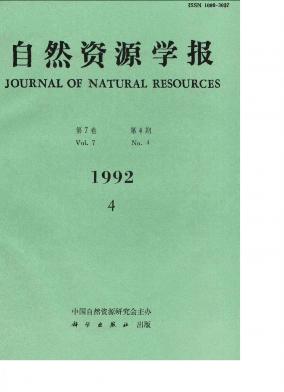Special Column:Celebration of the 70th Anniversary of IGSNRR, CAS
Chen Chuanyou
Southwest China in this paper refers to Yunnan, Guizhou and Sichuan provinces and Guangxi automous region. The total area is 1.37million square kilometers. Here the water capacity is 826.874 billion cubic meters, including 219.503 billion cubic meters of ground water. This accounts for 29.4 percent of the water capacity of our country. There are many rivers here. These include the Changjiang, Yellow, Zhujiang, Red, Nujiang and Yiluwadijiang Rivers and several coastal rivers in South Guangxi.Thus, it is clear that Southwest China is the most plentiful region in water resources in our country. But contradictions of water supply and water demand are very severe. There are frequent droughts, not enough water offerings in many cities, heavier pollution in middle-sized and small rivers, the widespread decrease in output of the runoff hydropower stations and the decline in inland shipping. These are all insparable with the characteristics and evolutionary laws of water resources. The reasons are as follows:1.The coming of water doesn't coordinate with the use of water. The basins among mountains have more fields and less water, and the mountains have more water and fewer fields. The cities and where the industry centralizes have less water and the remote regions have more water. There is less water in the growing season and in other seasons there is more water. The Karst distributes widely, and this makes the use of water resouces difficult.2.The runoff is decreasing continuously in the dry season. More than 70 percent of water resources of Southwest China appear in the rainy season. Very few water resources are in dry season besides, they're decreasing constantly. If the distribution types of runoff are not changed, the crisis of using water will emerge.3.Water quality is deteriorating constantly. Originally the water quality of Southwest China is good. With the development of urbanization a id the use of large amounts of pesticide and che-micalfertilizer, it becomes bad. it is an main straegical measure to attach importance to the protection of water and the prevention of its pollution.4.To develop the water resources, it is nece sary to pay attention to local conditions. Storing water and transferring water between river basins should emphasized.
